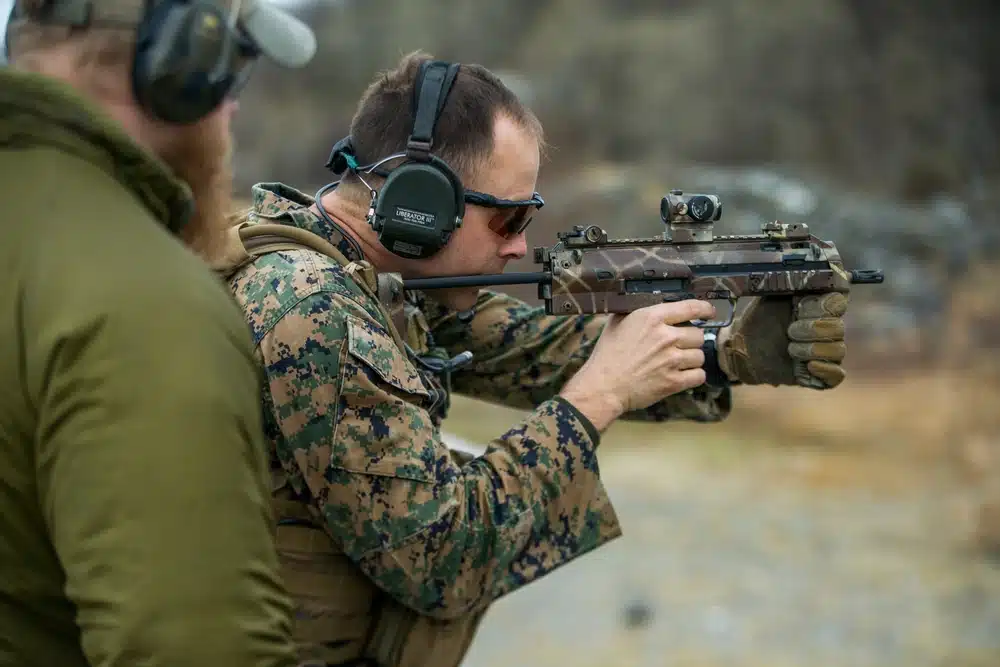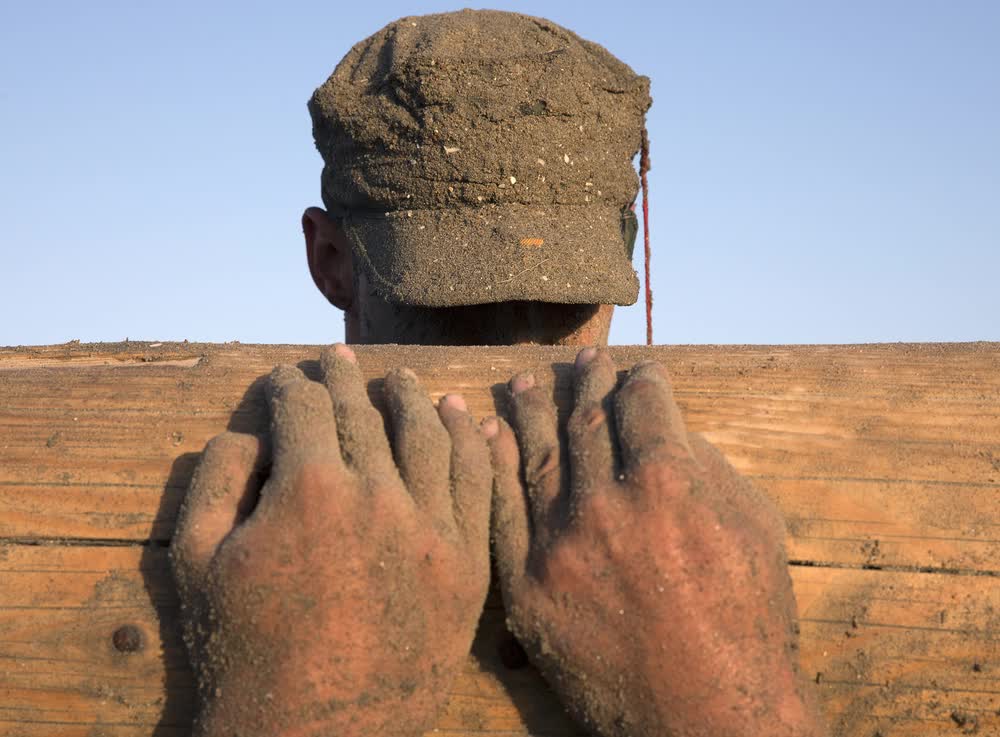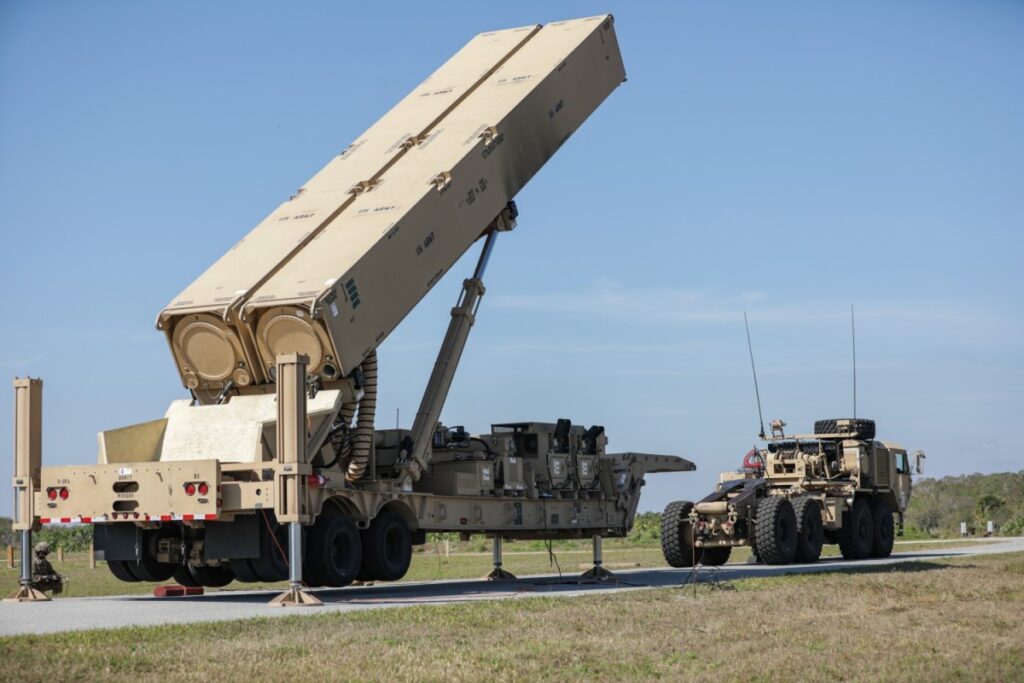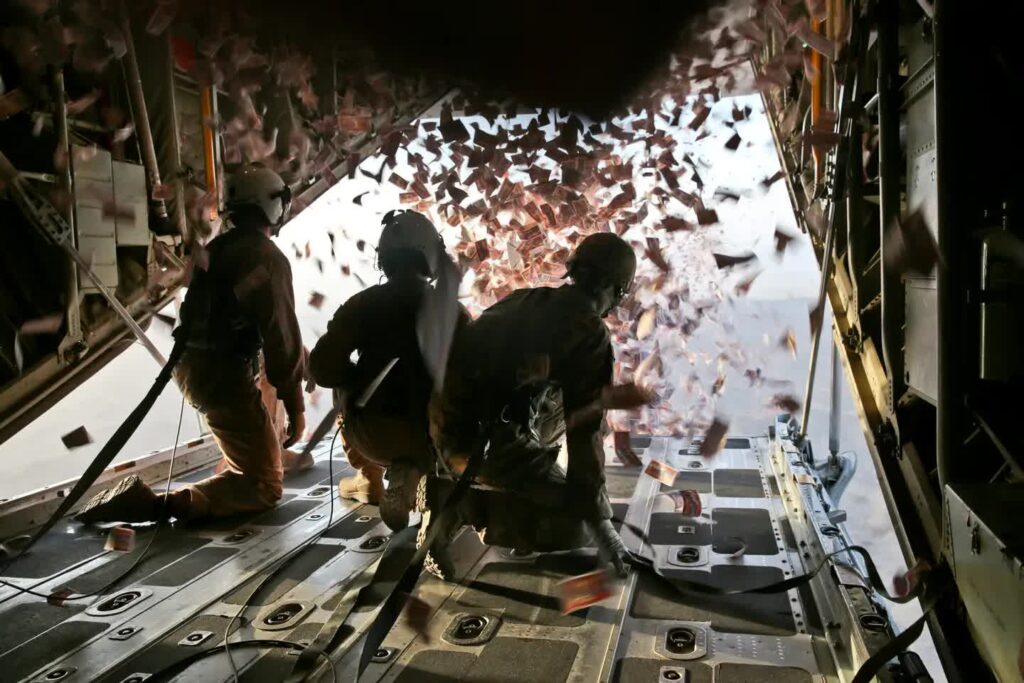The elite SEAL Team 6, aka DEVGRU, is a team of extraordinary operators that conducts some of the most secretive and clandestine operations the world never knows about. Their secrets are many, but on occasion, we get glimpses of their guns and gear. Today we are tackling the MP7.
The MP7 is best described as a PDW (personal defense weapon) — but could also be considered an SMG. The PDW concept came out of a NATO requirement in the 1990s. Originally, NATO wanted a lightweight, shoulder-fired weapon, for non-combat troops, that would be more than a pistol but smaller than a rifle. FN and HK created the P90 and MP7, respectively. While NATO’s PDW project never got off the ground, both guns had buyers, with the famed SEAL Team 6 purchasing the MP7.
The MP7 inside and out

The MP7 is a selective-fire SMG/PDW that fires from a box magazine. The MP7 is incredibly compact at only 25 inches long with the stock deployed. The stock features a collapsing-style minimalist design that’s very simple. It doesn’t provide much support or much of a cheek weld, but it’s better than nothing. With the stock collapsed, the MP7 looks more like a big pistol than an SMG and can be fired like a pistol.
Outside of being short, the gun weighs only 4.63 pounds in its modern configuration. The barrel is 7.1 inches long, and the gun is two inches wide.
HK designed the gun to be small. To help reduce the size of the gun, the 40-round magazine well is located in the pistol grip. The 4.6x30mm rounds are fairly small, and the magazines are quite compact. The magazine release is similar to other HK pistols: it sits on the trigger guard and must be pressed downward to release the magazine.
The gun features numerous rail sections for attaching accessories. This includes a monolithic optics rail, side rails for lights and lasers, as well as an under-mounted rail for other accessories. It’s a very modern design and can be modified to make it suit an individual operator as well as kitted up to fit specific mission parameters.
The MP7 is a selective-fire weapon that can fire single, semi-automatic shots or can be swapped to full auto for a cyclic rate of 950 rounds per minute.
Related: New Navy report reveals rare SEAL training attrition data
The unique 4.6x30mm cartridge
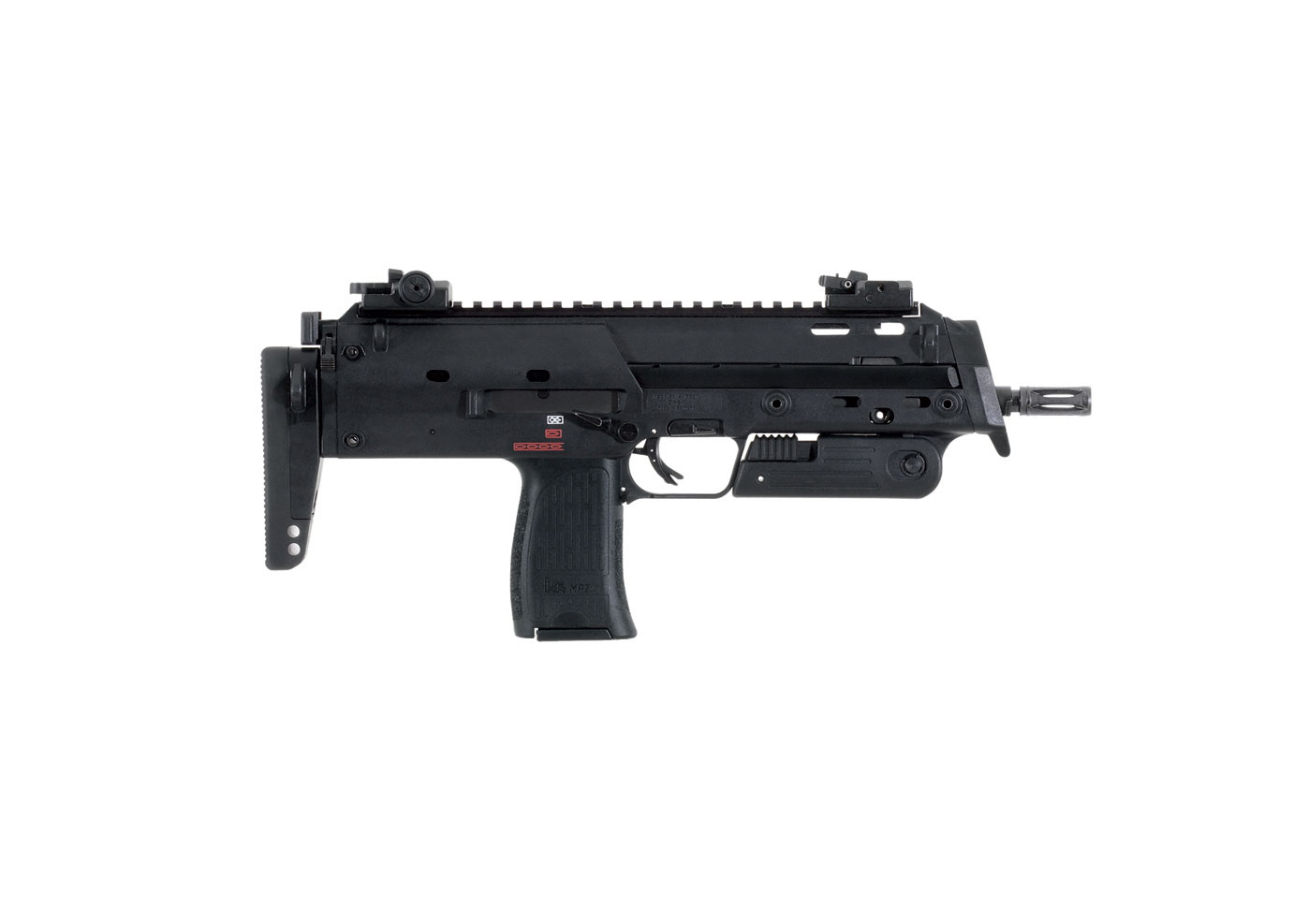
The MP7 has a very unique chambering as it uses a novel 4.6x30mm round that was developed alongside it and is exclusive to the gun. The 4.6x30mm round sits between a rifle and a pistol round. It’s shaped and designed like a rifle round with a bottlenecked cartridge and a spitzer-style projectile. The bullet itself is fairly light, and the case is short. The maximum range is about 200 meters and out to 150 meters, the cartridge shoots fairly flat and retains decent energy and velocity.
The round is designed for soft armor penetration. It has several variants including the armor-piercing Combat Steel and Ultimate Combat rounds. There is also a standard full metal jacket round, a hollow point round, a frangible round, and for superior suppressor use, a subsonic round that can pierce CISAT armor targets up to 30 meters.
The projectiles are fairly light, and the cartridge produces minimal recoil. The MP7 tends to be very controllable, even in fully automatic, and is often more controllable than a standard 9mm SMG.
Related: This bent-barrel rifle was one of Nazi Germany’s most weird weapons
In what role is the MP7 used
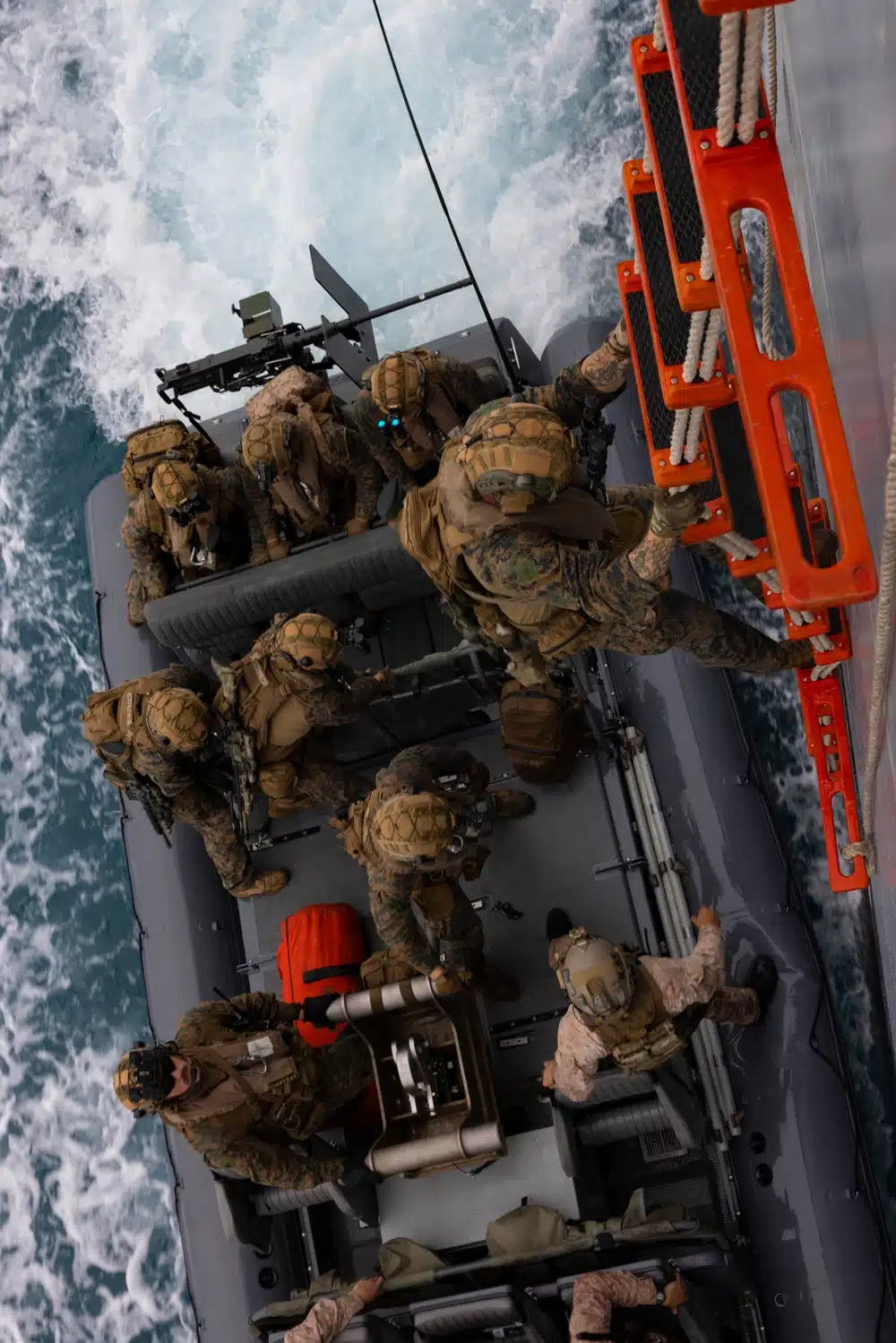
With most special operations communities, the MP7 serves as a close-range firearm and seems to be a natural choice when an operator has additional responsibilities but still wants some firepower. If you are a K9 handler, then the MP7 gives you a light and portable weapon that can be fired with one hand. If you’re a breacher carrying a 40-pound breaching kit, then the MP7 is a lightweight personal defense option.
It also fills a role when extremely close-quarters combat is expected. For example, when boarding a ship, something that SEAL Teams specialize in, everything from climbing up the ship to clearing hallways is tough, even with a short rifle, so the MP7 is a great option.
On the other hand, while the ballistics are impressive for such a small gun, they don’t come close to those of a proper 5.56 rifle. This limits the MP7 to be a special-purpose tool. It’s very easy to wield and certainly fills a niche needed by special operators across the world.
Feature Image: A U.S. Marine with 1st Reconnaissance Battalion, 1st Marine Division, fires an MP7 downrange amid a combat marksmanship drill during exercise Platinum Ren at Fort Trondennes, Harstad, Norway, May 15, 2019. During the drills, the Marines and the Norwegian Coastal Ranger Commandos fired a variety of weapons including the MP7. (U.S. Marine Corps photo by Sgt. Tayler P. Schwamb)
Read more from Sandboxx News
- Everything you need to know about the UAP whistleblower who says the US has recovered alien spacecraft
- These are the 3 different aircraft we call the F-35
- Energy drinks – The unsung hero of the Global War on Terror
- The special operations that paved the way for D-Day
- The Marines want to make their secret beach-swarming drones autonomous
